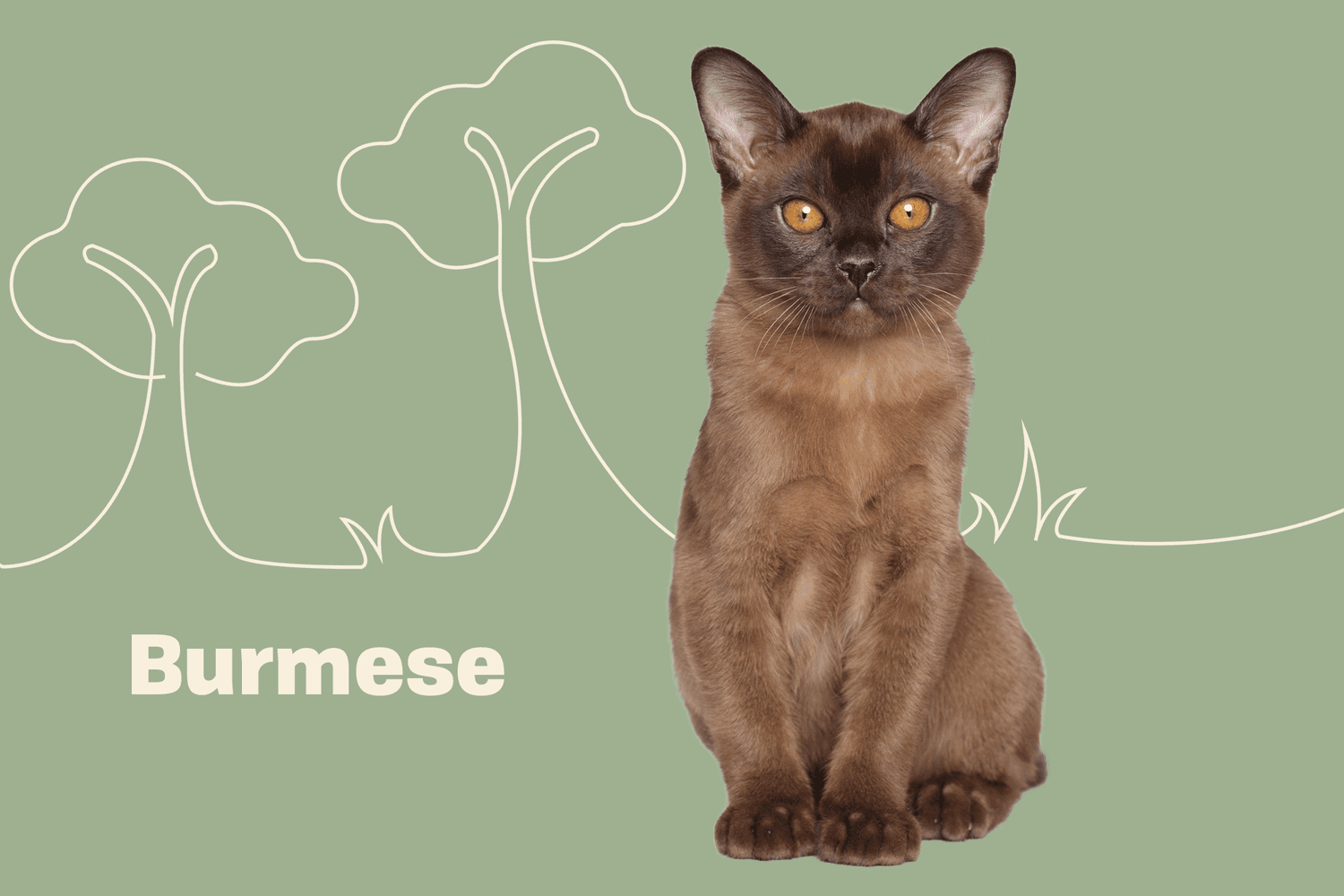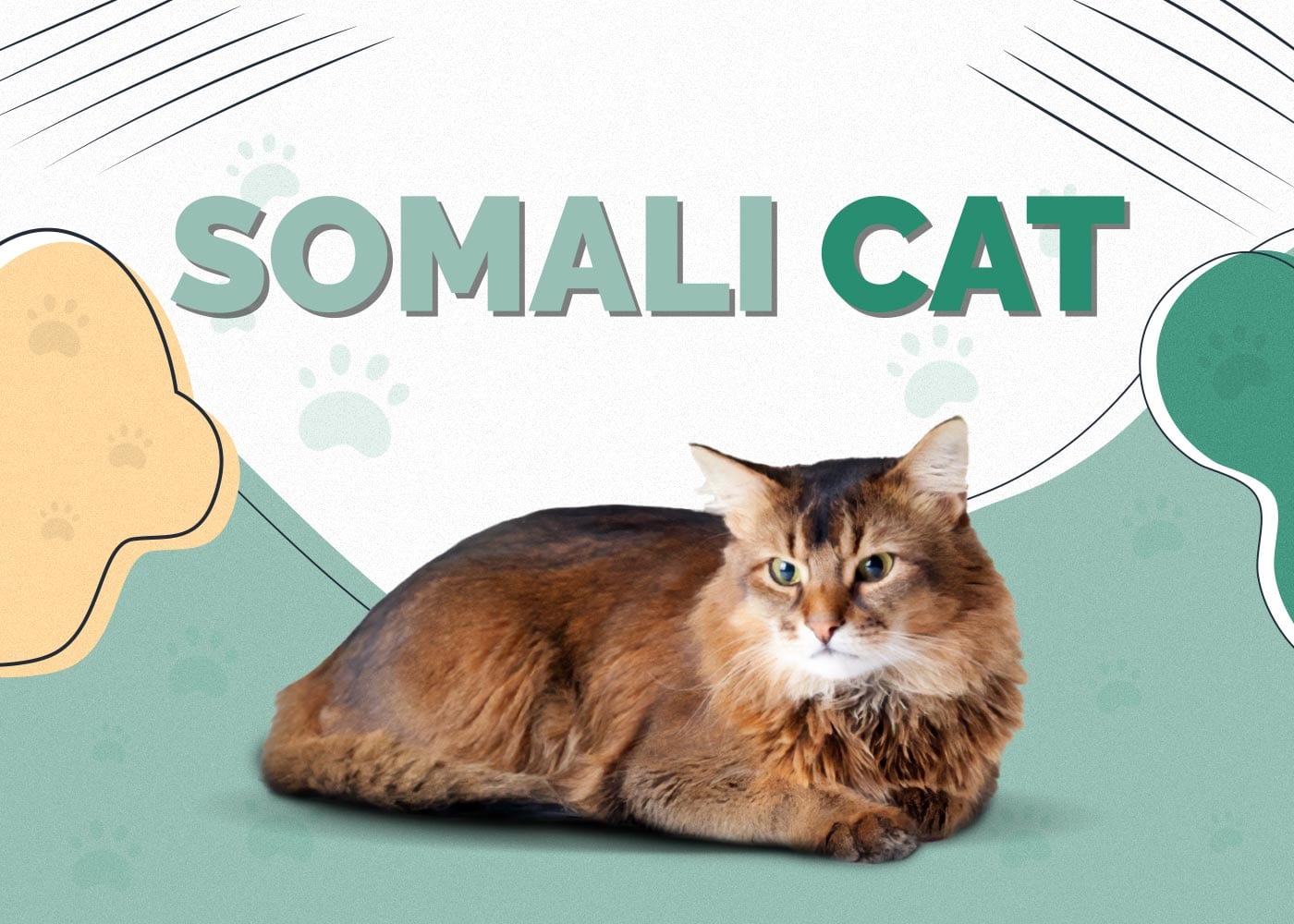Ocicat: The Exotic-Spotted Companion – Full Guide, Training, Care, Pros, Cons, and Pricing
When you first lay eyes on the Ocicat, it’s easy to mistake it for a wild feline straight out of a rainforest. Yet, this striking cat is 100% domestic — blending the beauty of the wild with the loyalty and affection of a family pet. If you’re considering adopting an Ocicat or simply want to know more about this dazzling breed, this guide will take you through everything: from choosing, training, and caring, to weighing the pros and cons, and understanding pricing.
1. Ocicat Overview: Breed Profile
| Trait | Details |
|---|---|
| Origin | United States |
| Size | Medium to large |
| Weight | 6–15 pounds (2.7–6.8 kg) |
| Life Span | 12–18 years |
| Coat Type | Short, sleek, spotted |
| Coat Colors | Tawny, chocolate, cinnamon, blue, lilac, fawn, silver variations |
| Eye Color | Almond-shaped, gold to green |
| Temperament | Energetic, affectionate, intelligent, confident |
| Activity Level | Very high |
| Best Suited For | Active families, singles, homes with other pets |
The Ocicat gets its name from its resemblance to the wild Ocelot, but it has no actual wild DNA. It was first developed by crossing a Siamese with an Abyssinian — and later bred with American Shorthairs to enhance their muscular build and silver coloring.
2. Physical Characteristics of the Ocicat
Appearance
- Spots: The signature trait — thumbprint-shaped spots all over the body in rows along the spine and sides.
- Body: Athletic, muscular, yet elegant.
- Face: Broad muzzle, almond-shaped expressive eyes, and large ears — often with slight tufts.
- Coat: Short, tight, and silky to the touch.
Movement
Ocicats are graceful but powerful movers — their stride mirrors the confident prowl of a small wild cat.
3. Personality and Behavior
Despite their wild appearance, Ocicats are some of the friendliest, most people-oriented cats you’ll meet.
- Affectionate: Craves human attention and often follows owners from room to room.
- Sociable: Gets along well with children, dogs, and other cats.
- Intelligent: Highly trainable, can learn tricks, walk on a leash, and even play fetch.
- Confident: Not shy with strangers; often greets guests enthusiastically.
- Vocal: Can be talkative, but with a soft, melodious voice (less demanding than a Siamese).
4. How to Care for an Ocicat
Dietary Needs
Ocicats are highly active, which means they need a diet that supports muscle tone and energy.
- High-protein, moderate-fat food is ideal.
- Split meals into 2–3 servings daily to maintain stable energy levels.
- Monitor portions — Ocicats are food-driven and can become overweight.
Grooming Needs
- Brushing: Once a week is sufficient.
- Bathing: Rarely needed unless the cat gets into messes.
- Dental hygiene: Brush teeth weekly to prevent periodontal disease.
- Nail trimming: Every 2–3 weeks.
- Ear cleaning: Monthly with a vet-approved solution.
Their short coat means minimal shedding — ideal for people who want a low-maintenance grooming routine.
Exercise Requirements
- Invest in cat trees, tunnels, and interactive toys.
- Schedule daily playtime (at least 20–30 minutes).
- Training sessions can double as exercise.
Without adequate physical and mental stimulation, Ocicats can become bored — leading to destructive behavior.
5. How to Train an Ocicat
Thanks to their intelligence and sociability, Ocicats are very trainable.
Litter Box Training
- Typically straightforward — most Ocicats are naturally clean.
- Provide a large, open litter box and scoop daily.
Leash Training
- Start with a comfortable harness from a young age.
- Use positive reinforcement (treats and praise) to associate the harness and leash with good experiences.
Behavioral Training
Ocicats can learn:
- Sit, stay, high-five, and come when called.
- Fetch and retrieve toys.
- Open doors (sometimes a challenge — lock important doors!).
Use short, frequent training sessions (5–10 minutes) with lots of rewards to maximize success.
6. How to Choose a Healthy Ocicat
Finding a Breeder or Adoption Source
- Reputable Breeders: Look for breeders registered with TICA or CFA.
- Rescue Groups: Some breed-specific rescues occasionally have Ocicats available.
Questions to Ask the Breeder
- Are the parents health tested?
- Can you meet the kitten’s parents?
- What socialization has been done?
- Are health guarantees provided?
Signs of a Healthy Kitten
- Bright, clear eyes.
- Clean ears and nose.
- Shiny, clean coat.
- Active and playful but not overly aggressive.
Health screening for genetic issues like hypertrophic cardiomyopathy (HCM) and patellar luxation is crucial.
7. Health and Common Medical Issues
Ocicats are generally a hardy breed but are prone to some genetic conditions:
- Hypertrophic Cardiomyopathy (HCM): A common heart condition in cats.
- Renal (kidney) issues: Monitor hydration and kidney function in older Ocicats.
- Periodontal Disease: Regular dental care is a must.
Annual vet checkups and preventative care are essential to maintaining your Ocicat’s health over its lifetime.
8. Pros and Cons of Owning an Ocicat
✅ Pros
- Stunning wild appearance without wild behavior.
- Highly affectionate and people-oriented.
- Easy to groom and maintain.
- Very intelligent and trainable.
- Compatible with children, dogs, and other cats.
❌ Cons
- High energy — needs lots of stimulation and play.
- Can be prone to separation anxiety if left alone too much.
- Intelligent cats can sometimes become mischievous (opening cabinets, turning on faucets!).
- Higher price point for purebred kittens.
- Requires regular mental and physical activity to stay happy.
9. Price Range and Costs
Initial Purchase Price
- Pet quality kitten: $800 – $1,500
- Show or breeding quality kitten: $1,500 – $3,500
Prices depend on:
- Bloodline
- Coat quality and color
- Breeder reputation
- Region/country
Ongoing Monthly Costs
| Item | Estimated Monthly Cost |
|---|---|
| High-quality food | $30 – $70 |
| Litter | $15 – $30 |
| Toys and enrichment | $10 – $20 |
| Vet care (annual avg.) |
Optional: Pet insurance (~$20–$40/month) highly recommended for active breeds.
10. Is the Ocicat Right for You?
An Ocicat could be your ideal feline companion if:
- You want a friendly, affectionate, and highly trainable cat.
- You’re ready to provide daily play and mental stimulation.
- You enjoy interactive pets who treat you as a true companion.
- You live in a home where the cat won’t be left alone for long hours.
However, if you prefer a low-energy, highly independent cat, the Ocicat may not be the best fit.
Final Thoughts
The Ocicat is a magnificent breed offering the best of both worlds — the wild allure of an exotic feline and the loyal affection of a domestic companion. With proper care, love, and engagement, an Ocicat will reward you with years of lively companionship, intelligent conversation (yes, they’ll talk to you!), and a level of beauty that leaves guests speechless.
Owning an Ocicat is a commitment, but it’s one filled with playful antics, stunning beauty, and unforgettable bonds.




